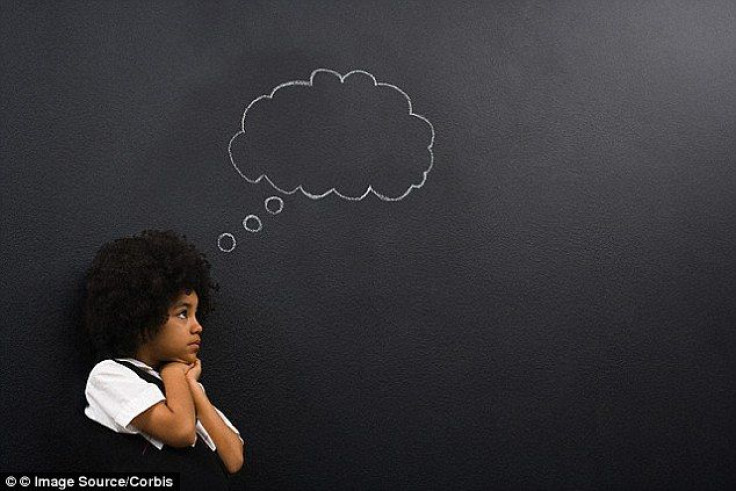Aphantasia: New found mental condition forming ‘blind imagination’

Early in 2015, scientists have described the new condition, aphantasia, which people lack the ability to visualise mental images. And a growing number of people with the newly discovered condition has been reported after an initial case study conducted by the researchers.
Most people can visualise images inside their head, which experts call the “mind's eye.” The researchers of the study about the aphantasia got the term from the Greek word phantasia, which Aristotle used to describe the power that presents visual imagery through the mind.
Aphantasia was first diagnosed on a 65-year-old retired building inspector in 2005. The patient has paid a visit to neurologist Adam Zeman at the University of Exeter Medical School to consult his unusual condition. The man, whom Zeman and his colleagues call as MX, said he could no longer conjure images in his mind after a minor surgical procedure.
Zeman and his colleagues conducted a series of examinations with MX. In the tests, the team told MX to look at faces of famous people and name them, and in another segment, the scientists showed names to MX and asked him to picture their faces.
In the first segment, they have found that certain regions of MX’s brain became active, the same with other people. But for the second segment of the test where MX was asked to picture faces of people, none of the regions on his brain for face-recognition became active, which was a sign of his lack of ability to form mental images.
In 2009, the case study was published by Zeman and his colleagues after the experiments with MX. And more people came up with the same condition, sending feedback to Zeman and participating in further experiments to try to provide better understanding on the unusual condition.
In a new report, published in the journal Cortex, the team said that many of the survey respondents were different from MX in a significant way. MX developed aphantasia after a medical procedure, while some people already have the condition possibly since birth, Zeman said.
One of the pioneer patients and participants, Thomas Ebeyer, a 25-year-old Canadian student, discovered his condition in 2012. Ebeyer was surprised when his girlfriend could picture what a friend had been wearing a year before in her mind.
“I had no idea what she was talking about,” he told the New York Times. Ebeyer was also shocked when he discovered that everyone he knew could visualise images to their minds.
Other people not involved in the study have also shared their experiences in having the condition. One reader wrote to New York Times: “I have spent my entire life explaining to people that I do not think visually. I cannot conjure a mental image of a person or of a place to save my life.”
Meanwhile, other patients learned to live with the condition. Niel Kenmuir from Lancaster was born with the blind mind’s eye. He told BBC that he already knew he was different even in childhood as he struggles to recognise faces.
"My stepfather, when I couldn't sleep, told me to count sheep, and he explained what he meant, I tried to do it and I couldn't… I couldn't see any sheep jumping over fences, there was nothing to count," he said. But Kenmuir said aphantasia is not a disability, which is supported by the researchers, but simply a different way of experiencing life.
To other people, the condition causes distress. One of the participants of the study said he felt being "isolated" and "alone" after realising that other people could see images in their heads.
The unnamed patient said he was unable to reminisce about his mother years after her death, which led him to being "extremely distraught."
The study brought relief to the people with the condition, Zeman told BBC, as it has helped recognise and has given name to their condition. Those patients have been trying to explain to people for years that there is this oddity that they find hard to convey to others before the study, he said.
The scientists said that aphantasia is certainly real, and it may affect up to one in 50 people. The team hopes to find enough people with the condition to conduct a bigger study, Zeman said, to compare their brains with those people who can actively visualise mental images to reveal more about the aphantasia.
Contact the writer at feedback@ibtimes.com.au or tell us what you think below.






